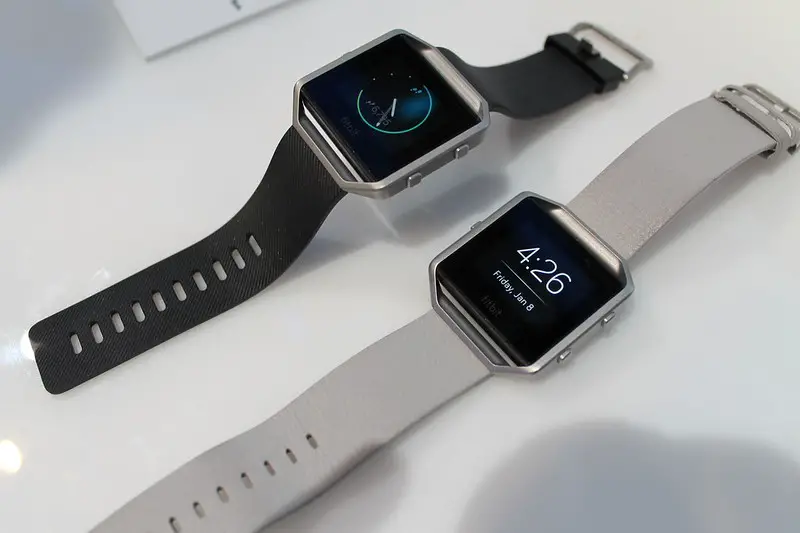If you’re pondering the question, “Does Fitbit keep time?”, you’re in the right place. This comprehensive guide will walk you through the timekeeping abilities of Fitbit devices, providing you with a clear and complete understanding.
Understanding the Basics of Fitbit
While Fitbit is largely celebrated for its health and fitness tracking features like counting your steps, monitoring your heart rate, and analyzing your sleep patterns, it’s easy to overlook its fundamental function as a digital watch. That’s right; your Fitbit displays the time just like any other wristwatch. It also has added functionalities such as alarms, timers, and countdowns, making it versatile for everyday use.
Does Fitbit Keep Time Accurately?
The quick answer to the question, “Does Fitbit keep time accurately?” is yes. But it’s worth diving into how Fitbit achieves this level of accuracy.
When paired with a smartphone or computer, the Fitbit relies on Bluetooth connectivity to synchronize the time from the paired device. Most smartphones automatically set their time by connecting to their carrier’s servers, which are synchronized with atomic clocks, offering a highly accurate source of time.
When your Fitbit syncs with your smartphone, it inherits this level of accuracy. So, unless your smartphone’s time settings are off, you can be confident that your Fitbit is keeping accurate time.
Speaking of smartphones, check out this Amazon-listed SAMSUNG Galaxy S23 Ultra Cell Phone
Factors That May Affect Fitbit Time Accuracy
Though Fitbits are generally reliable, there can be exceptions to their timekeeping accuracy. Knowing these factors can help you troubleshoot any issues. Here are the factors:
Incorrect Time Zone Settings: If you recently traveled and crossed time zones without updating your Fitbit settings, your Fitbit might display the wrong time. You’ll need to manually adjust the time zone to correct this.
Low Battery: Extremely low battery levels can impair the device’s performance, including timekeeping. Charge your Fitbit to avoid this problem.
Software Glitches: Like any electronic gadget, Fitbits can occasionally experience software bugs that might affect timekeeping. If you suspect this is the case, try restarting the device or updating the software, as patches are often released to fix such glitches.
How to Set the Time on Your Fitbit
Understanding how to set the time on your Fitbit is crucial for maximum utility. Here’s an extended guide:
Open the Fitbit App: Start by finding the Fitbit app on your smartphone. Tap to open it.
Access Your Profile: In the Fitbit app dashboard, locate your profile icon, usually situated at the top left corner of the screen. Tap on it to open your profile settings.
Select Your Device: You’ll see a list of connected Fitbit devices. Choose the one for which you want to set the time.
Navigate to Advanced Settings: Look for an option labeled ‘Advanced Settings.’ This is where you’ll find the time zone and other related settings.
Find the Time Zone: Within ‘Advanced Settings,’ scroll until you see an option for ‘Time Zone.’
Select Your Time Zone: Tap on ‘Time Zone’ and a list of available time zones will appear. Choose the one that corresponds to your current location.
Save the Settings: Once you’ve selected your time zone, don’t forget to save your changes. This usually happens automatically, but some models may have a ‘Save’ button you’ll need to tap.
